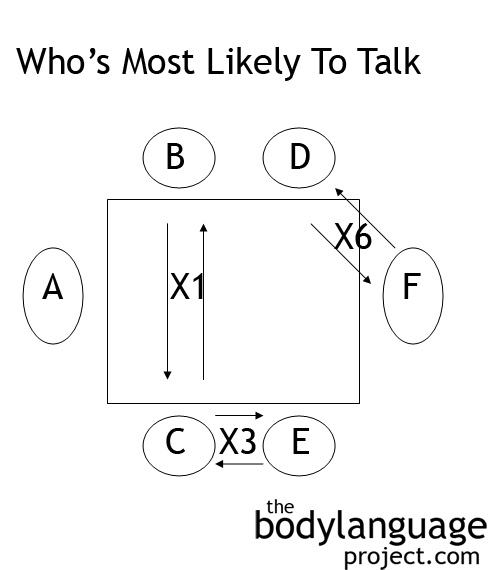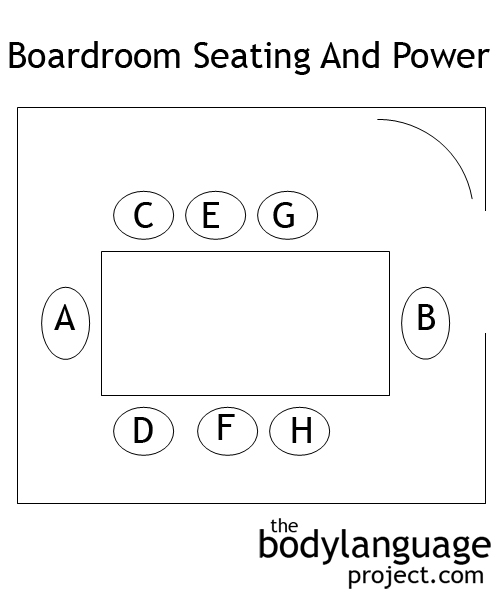
Leaning away is a signal that personal space is being invaded.
The term “personal space” was first used by psychologist Robert Sommer in 1969 to describe the comfortable zones that people like to keep around them. His observations stemmed from the uneasiness experienced by hospital patients when he encroached on them. Further research into personal space has found that closeness tolerances vary by culture, and so too does touch. For example, Americans tend to prefer large amounts of space whereas Latin Americans, Italians and Middle Easterners require far less. Americans come from a culture with what is called “low context” and those from the middle-east come from “high context” cultures. In a high context culture the rules for conduct do not have to be specifically outlined or verbalized because everyone already knows them. Thus, in a high context culture the rules are set and the countries demographics doesn’t vary widely from person to person. High context cultures have a long standing history so practically everyone in the country understands the rules of touching. In a low context culture, where the individual is valued more than the that of the whole, touching is far less frequent or tolerated. In a low context culture the content of speech is delivered through words instead of touching. Examples of low context cultures where touching is infrequent includes America, Germany, Japan, United Kingdom, and Australia. High context countries where touching is more frequent includes the Middle East, Asia, Africa, Italy, Latin America and South America. Middle ground countries include France, China and India.
A business man from Australia visiting Italy or France can be shocked to have a potential business partner touch over coffee to emphasize a point. Those unaware of their host’s cultural norms could misrepresent touching as a sexual advance especially if your company is of the opposite sex. Then again, touch avoidance might also be misconstrued as rude or standoffish to a high context culture. An attempt should be made to follow cultural norms out of respect so in a high context culture one must fight the natural urge to pull back to avoid offending and in a low context culture we should respect their need for privacy and personal space by limiting touching.
Here is a quick breakdown of countries by touch tolerances:
[A] English-speaking countries (Canada, United States), Australia, Japan and northern Europe. Avoid casual touching.
[B] China, France, India. Accept some casual touching.
[C] Latin America, South America, Africa, the Mediterranean, Middle East, Italy, Russia and parts of Asia. Freely use casual touching.



